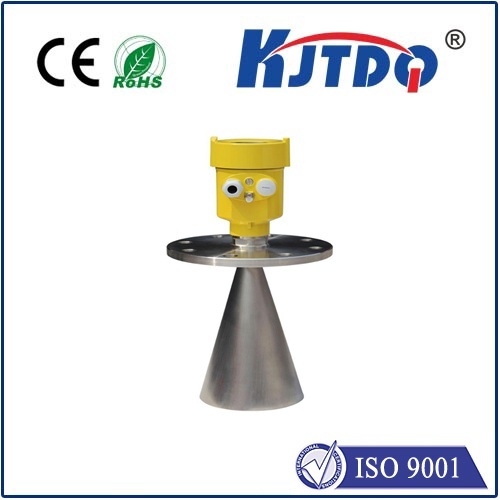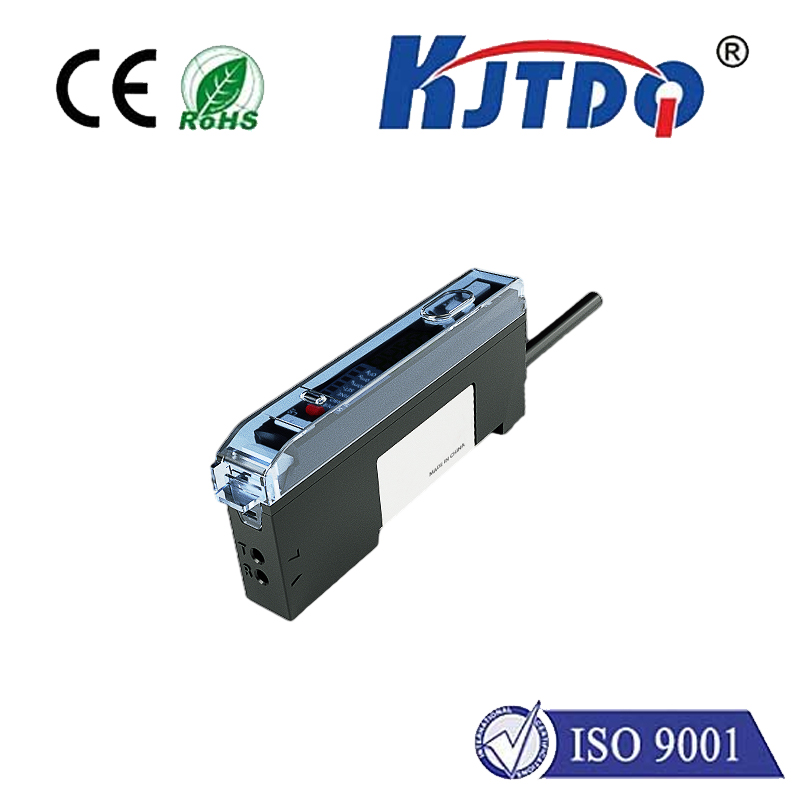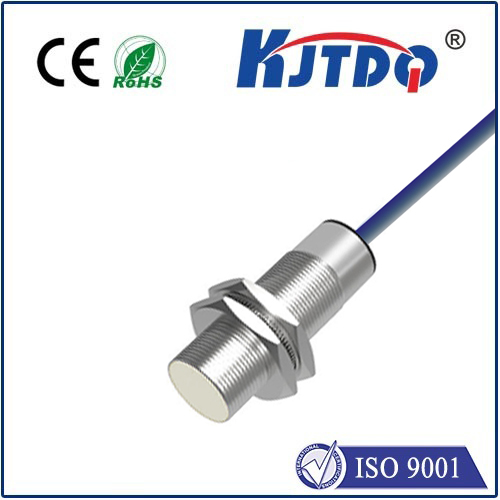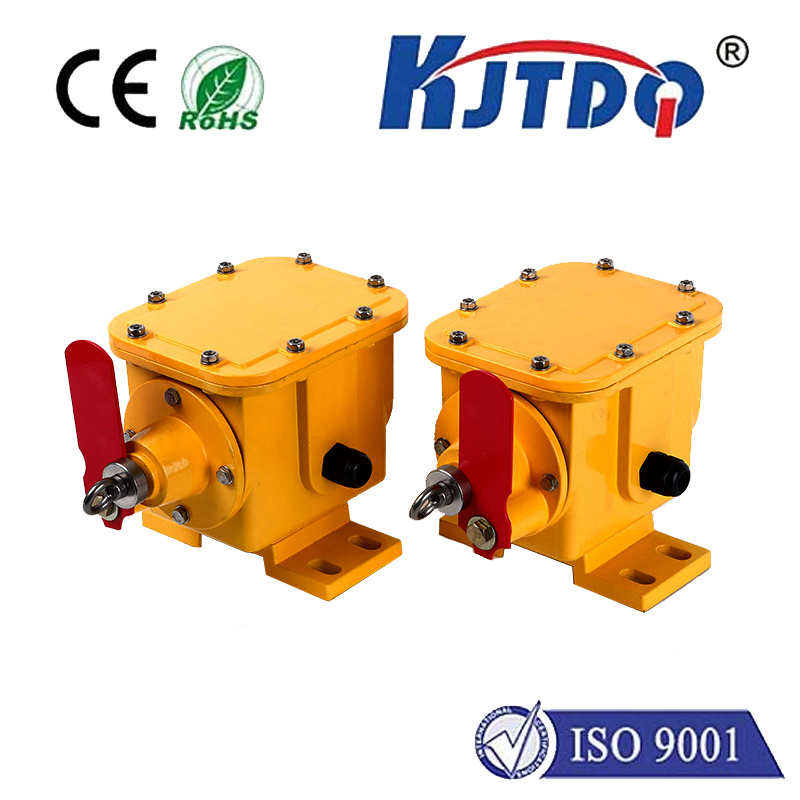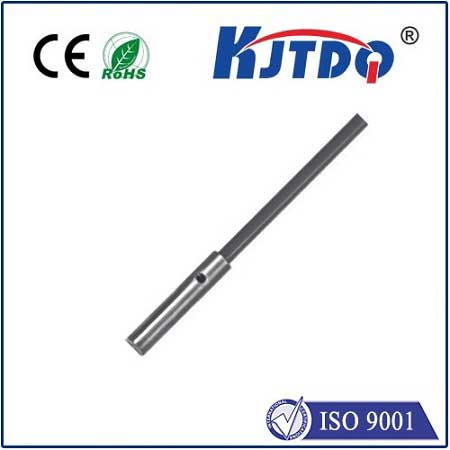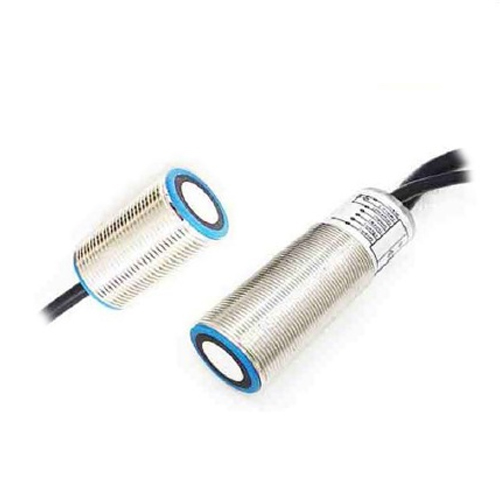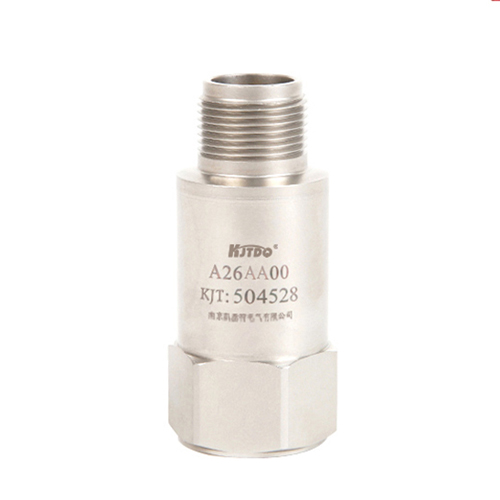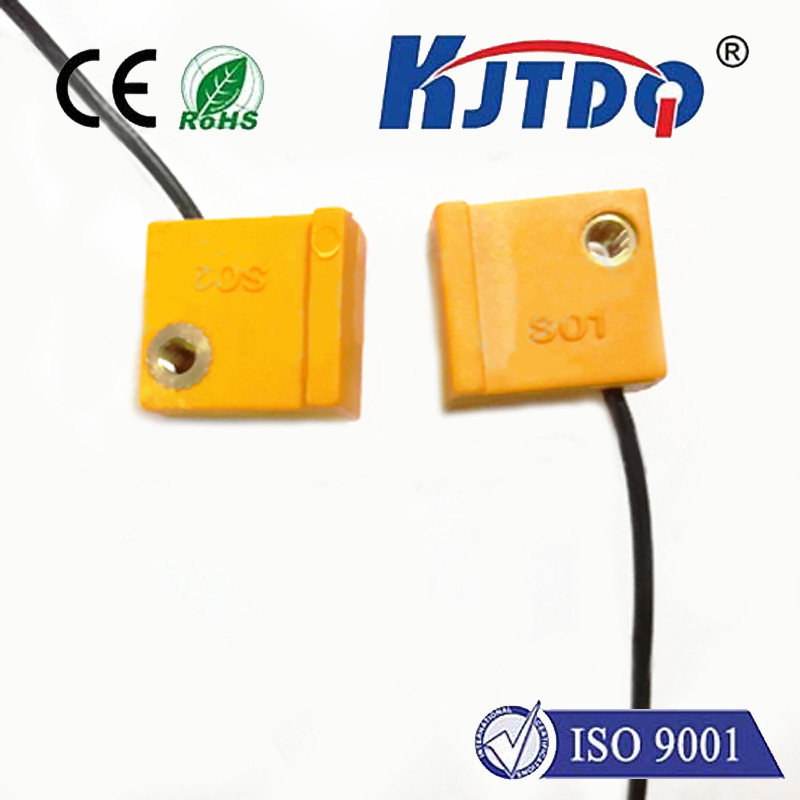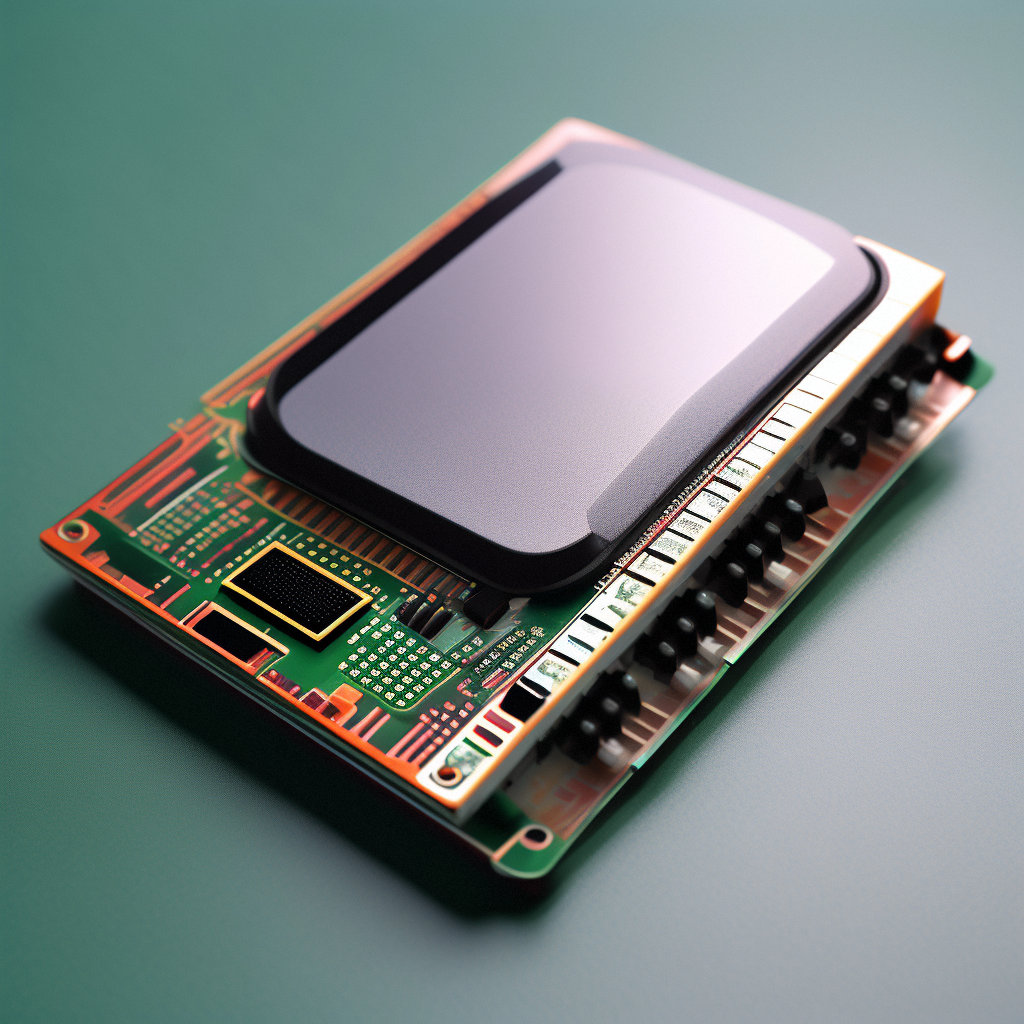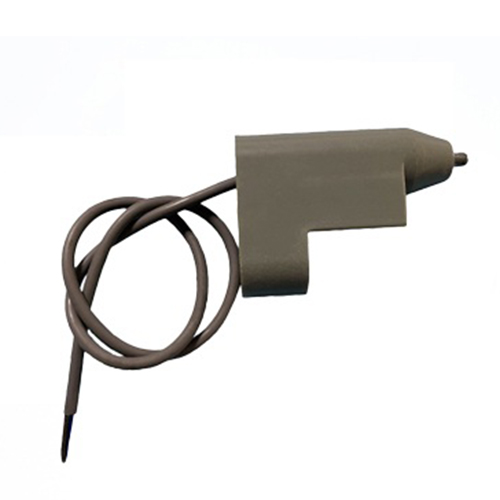

check

check

check

check

check

check

check

check

check

check
Pressure sensors are critical components in a wide range of applications, from industrial machinery to medical devices. Among the various types of pressure sensors available in the market, Polyethylene (PE) pressure sensors stand out for their versatility and reliability. In this article, we will explore the universal application of PE pressure sensors and why they are so widely used.
Firstly, it is important to understand what PE pressure sensors are. These sensors are designed to measure the pressure of gases or liquids by detecting changes in electrical resistance as a function ofApplied pressure. They consist of a thin film of polyethylene that deforms when subjected to pressure, causing a change in resistance across the film. This change in resistance is then measured and converted into a pressure reading.

One of the key benefits of PE pressure sensors is their versatility. They can be used to measure both positive and negative pressures, making them suitable for a wide range of applications. For example, they are commonly used in automotive systems to monitor oil, fuel, and air pressure. They are also used in HVAC systems to control temperature and humidity levels by measuring the air pressure inside ducts. Additionally, PE pressure sensors are used in medical devices such as blood pressure monitors and ventilators to monitor patient breathing and circulation.
Another advantage of PE pressure sensors is their durability. They are resistant to corrosion, moisture, and temperature extremes, which makes them ideal for use in harsh environments. This makes them particularly useful in industries such as aviation, space exploration, and underwater applications where equipment is exposed to extreme conditions.
In conclusion, PE pressure sensors are a versatile and reliable solution for measuring pressure in a wide range of applications. Their ability to withstand harsh environments and measure both positive and negative pressures make them an essential component in many industries. As technology continues to advance, we can expect to see even more innovative uses for these versatile sensors.
